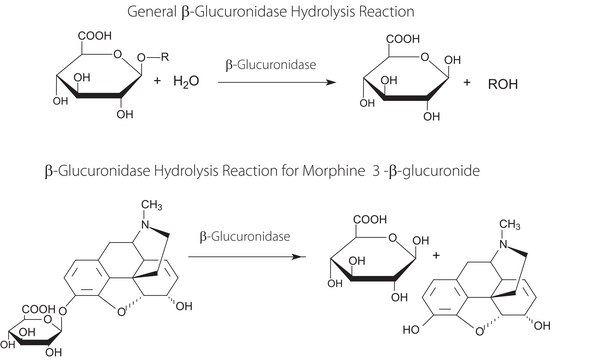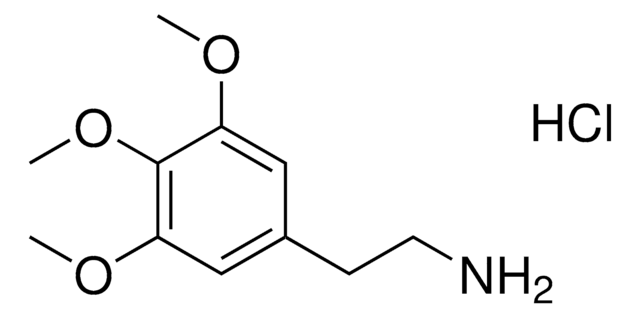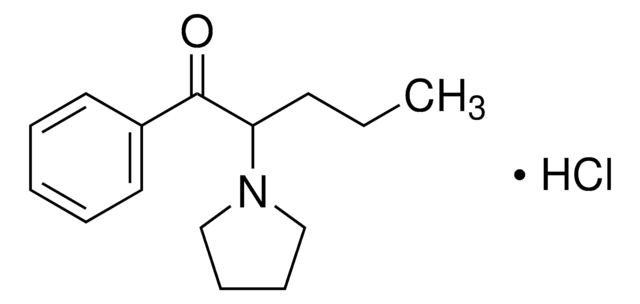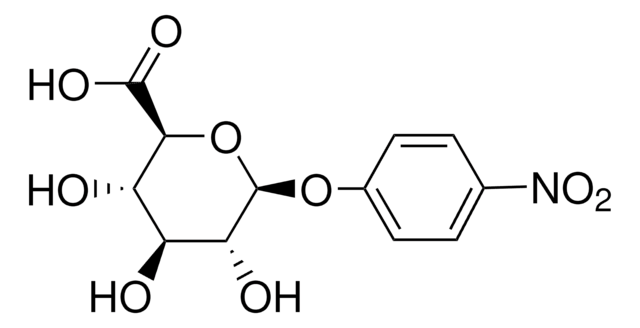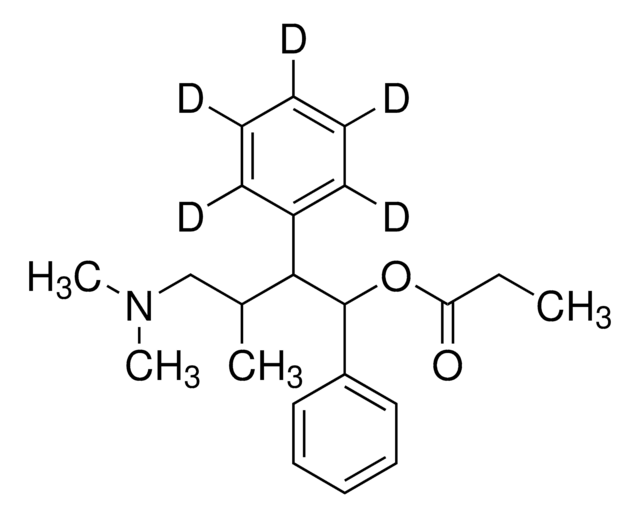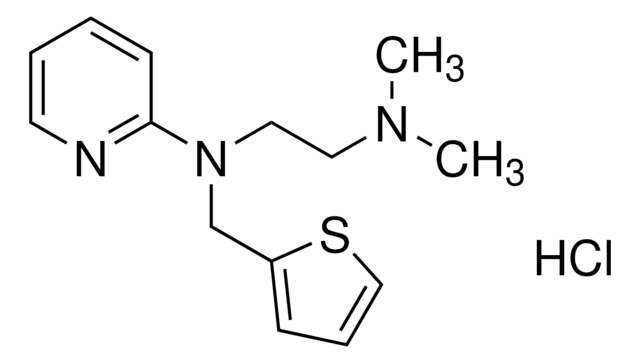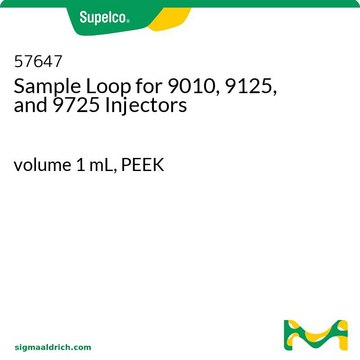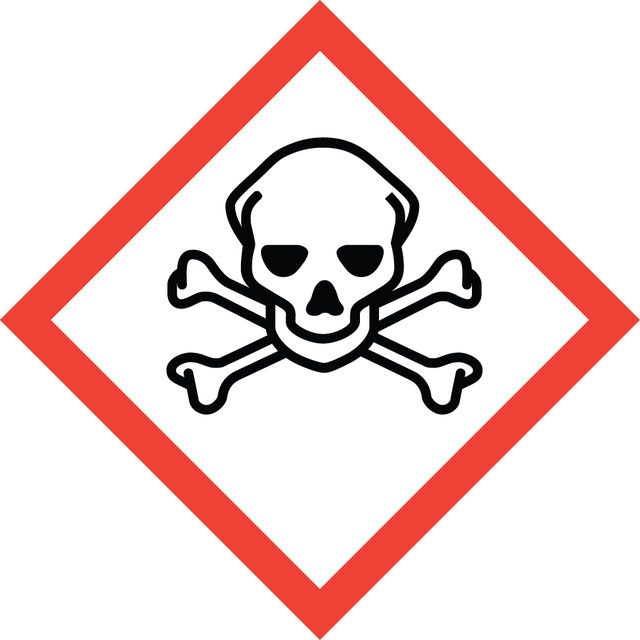M9125
Methapyrilene hydrochloride
Synonym(s):
N,N-Dimethyl-N′-(2-pyridinyl)-N′-(2-thienylmethyl)-1,2-ethanediamine hydrochloride
Sign Into View Organizational & Contract Pricing
All Photos(1)
About This Item
Empirical Formula (Hill Notation):
C14H19N3S · HCl
CAS Number:
Molecular Weight:
297.85
EC Number:
MDL number:
UNSPSC Code:
12352200
PubChem Substance ID:
Recommended Products
SMILES string
Cl.CN(C)CCN(Cc1cccs1)c2ccccn2
Gene Information
human ... HRH1(3269)
Biochem/physiol Actions
H1 histamine receptor antagonist. Potent liver carcinogen in rats.
Other Notes
Supplied only to established institutions. Telephone orders not accepted.
Signal Word
Danger
Hazard Statements
Precautionary Statements
Hazard Classifications
Acute Tox. 3 Oral
Storage Class Code
6.1C - Combustible acute toxic Cat.3 / toxic compounds or compounds which causing chronic effects
WGK
WGK 3
Flash Point(F)
Not applicable
Flash Point(C)
Not applicable
Personal Protective Equipment
dust mask type N95 (US), Eyeshields, Gloves
Regulatory Information
新产品
Choose from one of the most recent versions:
Certificates of Analysis (COA)
Lot/Batch Number
Don't see the Right Version?
If you require a particular version, you can look up a specific certificate by the Lot or Batch number.
Already Own This Product?
Find documentation for the products that you have recently purchased in the Document Library.
S Noguchi et al.
Physiology & behavior, 51(6), 1123-1127 (1992-06-01)
The effects of antidepressants [(+)-oxaprotiline, (-)-oxaprotiline, imipramine, maprotiline, and trazodone] and antihistamines (mepyramine, dimethindene, ketotifen, methapyrilene, and antazoline) on muricidal behaviour in olfactory bulbectomized rats were investigated. All drugs except for dimethindene, which only minimally passes across the blood-brain barrier
G S Ratra et al.
Toxicological sciences : an official journal of the Society of Toxicology, 46(1), 185-196 (1999-02-03)
The mechanisms by which the antihistamine drug methapyrilene causes acute periportal hepatotoxicity in rats are not yet elucidated. This study investigated the effects of modulators of cytochrome P450 (CYP) activity on the hepatotoxicity of methapyrilene and also the effect of
H K Lee et al.
Mutation research, 341(2), 77-82 (1994-12-01)
The antihistaminic agent methapyrilene hydrochloride (MPH, CAS No. 135-23-9) has been reported as a potent rat hepatocarcinogen. However, neither the action mechanism nor mutagenicity of MPH have been clearly elucidated yet. Chromosomal aberration (CA) tests were performed with MPH in
Michael Römer et al.
PloS one, 9(5), e97640-e97640 (2014-05-17)
In the area of omics profiling in toxicology, i.e. toxicogenomics, characteristic molecular profiles have previously been incorporated into prediction models for early assessment of a carcinogenic potential and mechanism-based classification of compounds. Traditionally, the biomarker signatures used for model construction
Yoko Nishimura et al.
Journal of applied toxicology : JAT, 35(2), 173-180 (2014-08-06)
Cardiotoxicity is one of the major safety concerns in drug development. Therefore, detecting and monitoring cardiotoxicity throughout preclinical and clinical studies is important for pharmaceutical companies. The present study was conducted in order to explore a plasma miRNA biomarker for
Our team of scientists has experience in all areas of research including Life Science, Material Science, Chemical Synthesis, Chromatography, Analytical and many others.
Contact Technical Service